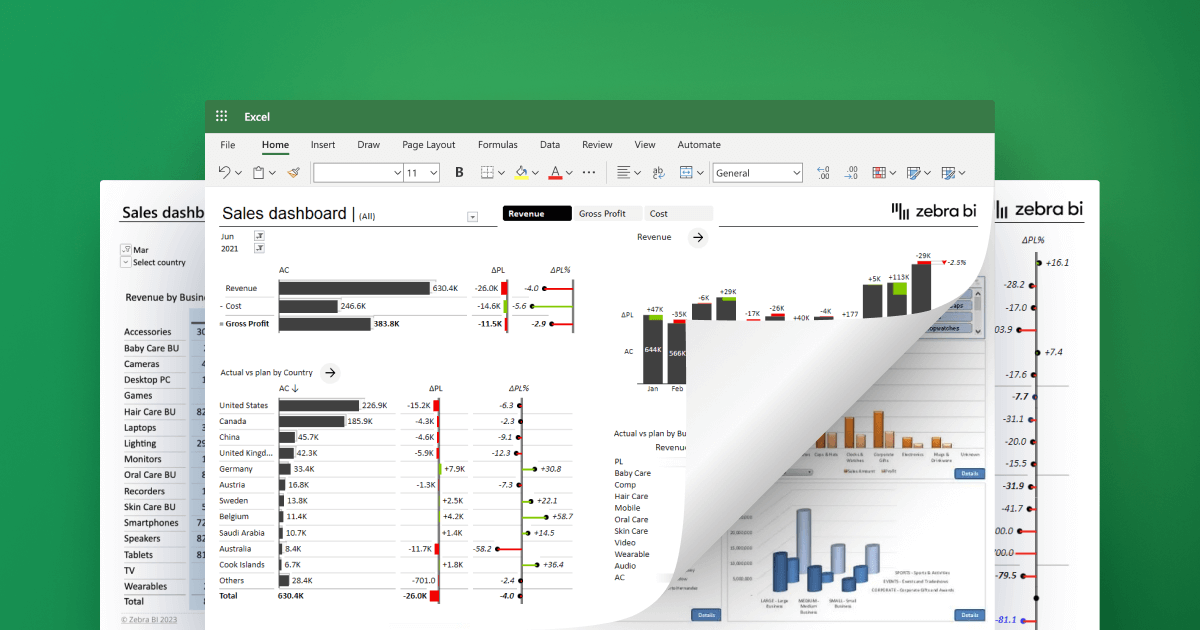5 Steps to Show Excel Data on JSP Page

Microsoft Excel has long been the go-to software for managing, analyzing, and presenting data. However, there are instances where you might want to display this data directly on a JSP page for a more integrated and dynamic user experience. This blog post will guide you through five detailed steps on how to achieve this. Let's dive in!
Step 1: Prepare Your Excel File
Before integrating your Excel data with a JSP page, ensure your data is in a structured format:
- Organize data into columns and rows.
- Use headers to identify columns.
- Save the file in a commonly supported format like .xls or .xlsx.
Step 2: Exporting Excel Data

To make your Excel data accessible for use in JSP, you’ll need to export it into a database or a web server:
- Use libraries like Apache POI to read Excel files in Java.
- Or you can convert Excel into CSV, then use CSV parsers to load data into a database.
- Alternatively, if your data is static, consider hosting it on a server directly.
Using Apache POI


| Library | Description |
|---|---|
| Apache POI | A library for working with Microsoft documents like Excel. |

Here’s a brief example on how to read Excel data using Apache POI:
import org.apache.poi.ss.usermodel.*;FileInputStream file = new FileInputStream(new File(“path/to/your/file.xlsx”)); Workbook workbook = WorkbookFactory.create(file); Sheet sheet = workbook.getSheetAt(0);
IteratorrowIterator = sheet.iterator(); while (rowIterator.hasNext()) { Row row = rowIterator.next(); Iterator
cellIterator = row.cellIterator(); while (cellIterator.hasNext()) { Cell cell = cellIterator.next(); switch (cell.getCellType()) { case STRING: System.out.println(cell.getStringCellValue()); break; case NUMERIC: System.out.println(cell.getNumericCellValue()); break; } } } file.close(); |
💡 Note: Apache POI is versatile but might be an overkill for simple data extraction tasks.
Step 3: Data Processing and Storage

With your Excel data exported, the next step is to process and store it for JSP use:
- If using a database, insert the data into relevant tables.
- Create a Java class or a DAO (Data Access Object) to handle data retrieval.
Here's an example of how you might structure a DAO:
public class ExcelDAO {
public List> getData() {
List> data = new ArrayList<>();
try {
// Your database query here
ResultSet rs = //... Execute your query
while (rs.next()) {
Map row = new HashMap<>();
// Fill the map with data from ResultSet
row.put("columnName", rs.getString("columnName"));
data.add(row);
}
} catch (SQLException e) {
e.printStackTrace();
}
return data;
}
}
Step 4: JSP Integration

Now it's time to integrate this processed data into your JSP page:
- Fetch the data using your DAO.
- Pass this data to the JSP through the servlet or directly from the controller.
- Use JSTL or EL (Expression Language) to display the data in your JSP.

Here's how you might display the data:
<%@ taglib uri="http://java.sun.com/jsp/jstl/core" prefix="c"%>
${cell.value}
Step 5: Styling and Interactivity

The final step is to enhance the presentation of your data:
- Apply CSS to make the data visually appealing.
- Add JavaScript for dynamic behavior like sorting, filtering, or pagination.
- Consider using libraries like DataTables for advanced table functionalities.
Here's a simple example of CSS and JavaScript to enhance your table:
This comprehensive guide provides the steps necessary to integrate Excel data into a JSP page, making your data both dynamic and user-friendly. Remember that with web technologies constantly evolving, staying updated on tools and practices is essential for seamless integration.
What is JSP and how does it differ from HTML?

+
JSP (JavaServer Pages) is a technology that helps in creating dynamically generated web pages based on HTML, XML, or other document types. While HTML is static, JSP can interact with server-side logic to dynamically change content.
Can I use other libraries instead of Apache POI for Excel file handling?

+
Yes, alternatives like JExcelApi and Simple Excel are also available, each with their own strengths and use cases.
How do I handle large Excel files to avoid performance issues?

+
Use streaming APIs from libraries like Apache POI to read large files, which can handle files with millions of rows without loading the entire file into memory.
Is it secure to upload Excel files directly to a server?

+
Uploading files to a server needs to be done carefully with security measures like sanitization and validation to prevent issues like SQL injection or file upload vulnerabilities.